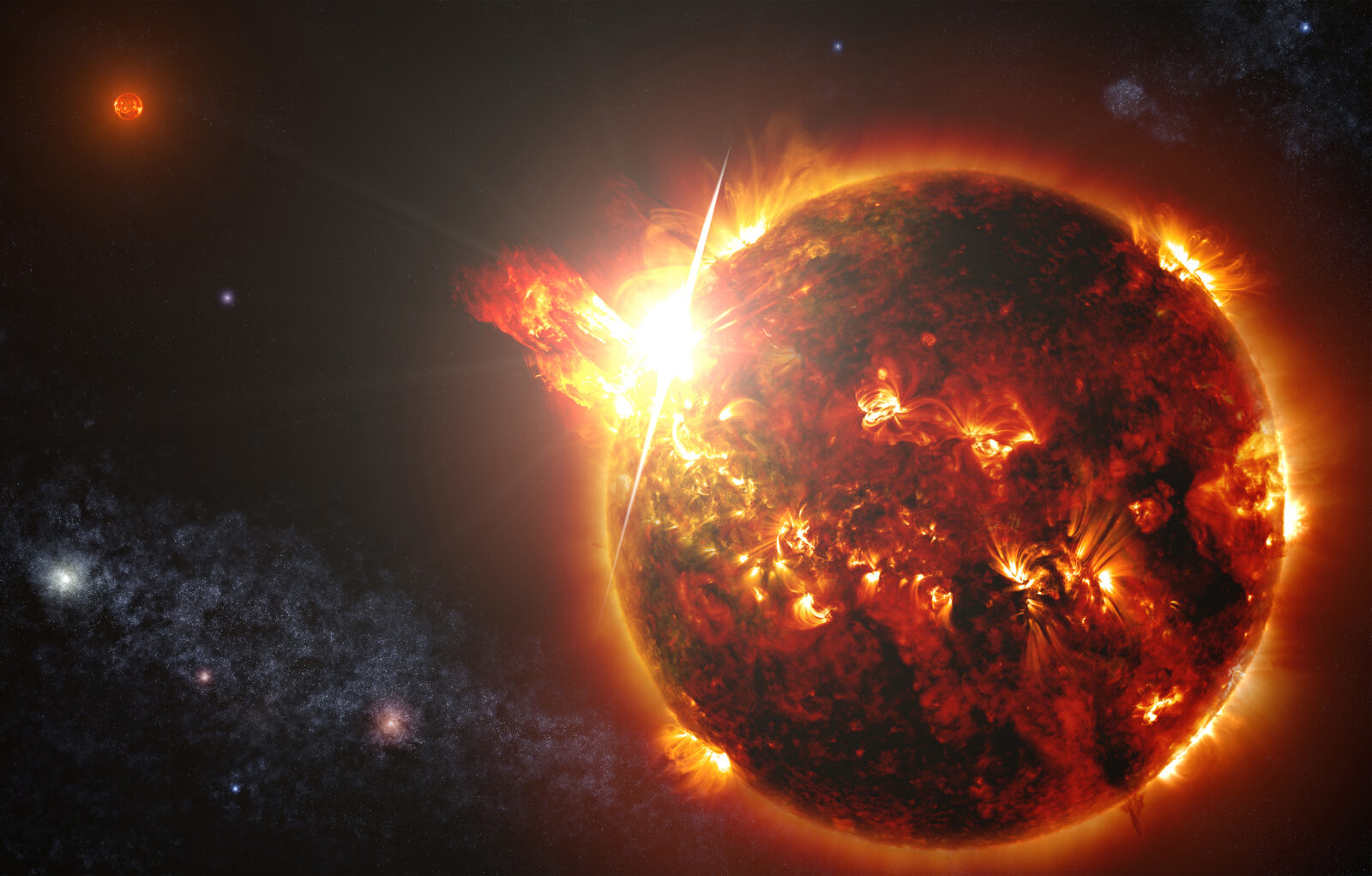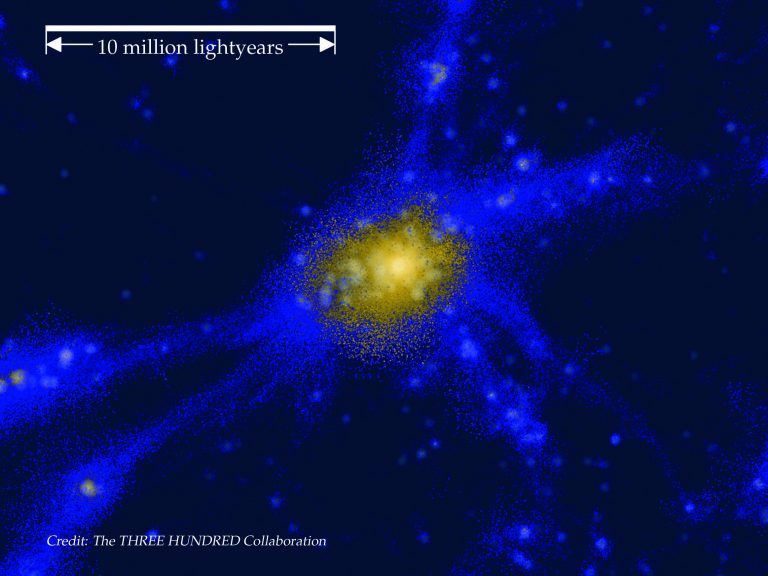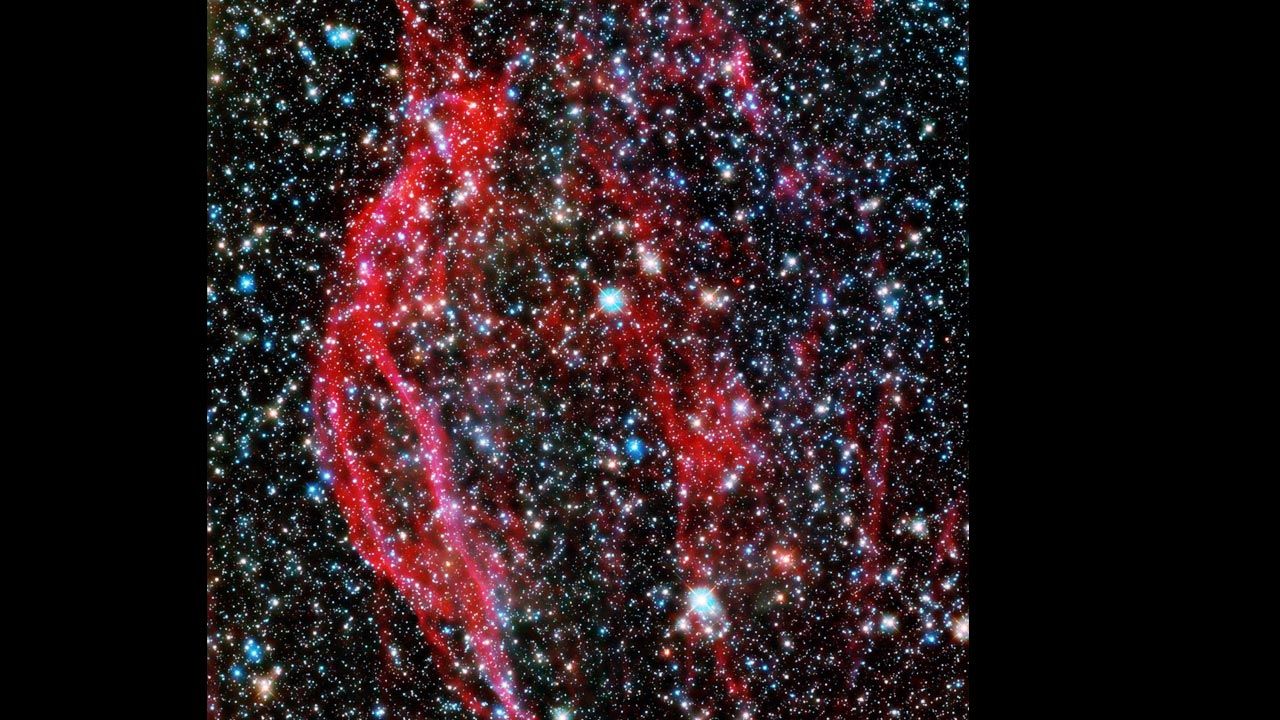An international team of scientists analyzing wood rings in the French Alps has discovered a surprisingly strong increase in radiocarbon levels in wood 14,300 years ago. Scientists believe that the source of this anomaly is the most powerful solar storm ever identified on Earth.
As the researchers point out, if the same solar storm occurred on the Sun today (which is entirely possible), it would simply be disastrous for the entire technology-based civilization. Not only would the entire communications and satellite network disappear in an instant (satellites in Earth’s orbit would become useless), but there would be massive failures of power grids on the scale of entire continents.
Just imagine the chaos we would find ourselves in if the Internet, cell phones, smartphones, and electricity disappeared all at once. These are the solutions without which modern society cannot function. Since burned-out transformers cannot be repaired and new ones need to be produced, and there will be a shortage of these transformers across the continent, restoring electricity will take several years, even up to a decade.
It’s no wonder scientists want to know as much as possible about what happened 14,300 years ago.
Scientists from France and Great Britain have discovered information about this unusual event in wood preserved on the banks of the Drozier River in the Alps, near the town of Gap.
So far, nine such intense solar storms – known as Miyake events – have been identified over the past 15,000 years. The last confirmed Miyake events occurred in 993 and 774. However, the newly discovered 14,300-year-old storm is the largest ever discovered. Researchers suggest that it was roughly twice the size of those two.
However, little is still known about Miyake events because none of them have been measured using modern research tools. Since we don’t know what causes such intense solar storms, we can’t say how often they happen or whether they are in any way predictable. Humanity only began to notice sunspots and sunspot activity in the 17th century, seven hundred years after the last Miyake event. However, if we want to study past events of this kind, we must point to the levels of radiocarbon in tree rings and beryllium in ice cores.
The largest directly observed solar storm mentioned above occurred in 1859. It caused massive disruption to Earth – widespread damage to telegraph machines and the creation of a nighttime aurora so bright that birds began to sing, thinking the sun was beginning to rise. However, as it turns out, the Miyake event is of a completely different order of magnitude. We only know about it thanks to trees dating back several thousand years, which are surprisingly well preserved on the banks of the modern Druzet River. By comparing the width of individual rings in several tree trunks, the researchers were able to create a long timeline. Dendrochronology allows us to detect changes in the natural environment that occurred over thousands of years.

Echo Richards embodies a personality that is a delightful contradiction: a humble musicaholic who never brags about her expansive knowledge of both classic and contemporary tunes. Infuriatingly modest, one would never know from a mere conversation how deeply entrenched she is in the world of music. This passion seamlessly translates into her problem-solving skills, with Echo often drawing inspiration from melodies and rhythms. A voracious reader, she dives deep into literature, using stories to influence her own hardcore writing. Her spirited advocacy for alcohol isn’t about mere indulgence, but about celebrating life’s poignant moments.







